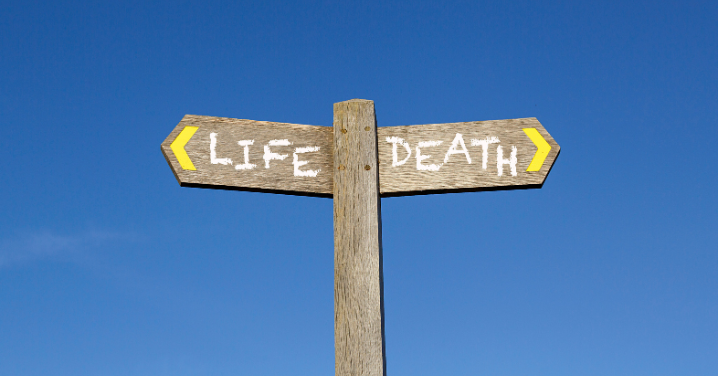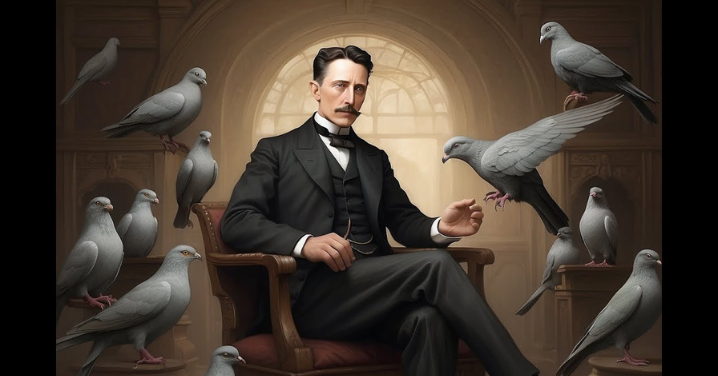
The Doomsday Clock, a symbol of humanity’s proximity to total destruction, has moved closer to midnight than ever before. The clock, which is currently set at 90 seconds to midnight, reflects the level of danger caused by human actions. This year, the Bulletin of the Atomic Scientists (BAS), which sets the clock, cited the war in Ukraine as a major reason for the change.

The Doomsday Clock was first established in 1947 as a way to warn the world of the dangers of nuclear war. The clock’s hands are adjusted based on the scientists’ assessment of existential threats at a given time. Midnight represents the point of total annihilation. The decision to move the clock is made by the BAS Science and Security Board, which is made up of 13 Nobel Laureates.
The board’s statement, which was released in Ukrainian, Russian, and English, highlighted how the war in Ukraine has raised serious concerns about how nations interact and the decline in international conduct. “Russia’s thinly veiled threats to use nuclear weapons remind the world that escalation of the conflict – by accident, intention, or miscalculation – is a terrible risk,” the statement said.
In addition to the war in Ukraine, the board also cited climate change, biological threats, and disruptive technologies as other major dangers facing humanity. The statement pointed out that the war’s effects have not been limited to an increase in nuclear danger, but have also undermined global efforts to combat climate change. Countries that are dependent on Russian oil and gas have now sought out other natural gas suppliers.
The board also noted that as the world continues to grapple with the Covid-19 pandemic, world leaders will need to remain vigilant in identifying and addressing biological risks, whether they originate from natural, accidental, or intentional sources. The board emphasized that a pandemic is no longer a once-in-a-lifetime risk.
In 2020, the clock hands were moved 100 seconds closer to midnight. In the following years, 2021 and 2022, the clock hands remained unchanged. The farthest the clock hands have ever been from midnight was 17 minutes, immediately following the end of the Cold War.
Despite the dire warnings, Rachel Bronson, CEO of the Bulletin of the Atomic Scientists, emphasized that humans have the power to reduce the risks by engaging in global cooperation.
-End-



